In an era marked by rapid technological advancements, the landscape of marketing has undergone a monumental shift. Traditional marketing methods, which once relied heavily on broad outreach, have been replaced with tailored campaigns that cater to individual preferences and behaviors. Digital marketing, once an emerging trend, has now firmly established itself as the cornerstone of modern marketing strategies. This article delves into the comprehensive transformation that digital marketing has brought about in 2023, reshaping the way businesses engage with their audience.
What is Digital Marketing?

Digital marketing encompasses the utilization of online platforms, technologies, and channels to promote products, services, or brands to a specific audience. In contrast to conventional marketing avenues like print or television, digital marketing harnesses the power of the internet, social media, search engines, email, and various other digital tools.
This methodology allows for precise targeting and instant engagement, empowering businesses to establish personalized connections with their audience in a measurable manner. This dynamic approach has redefined how businesses engage, convert, and retain potential customers in today’s fast-paced, digitally-driven landscape.
The Evolution of Digital Marketing
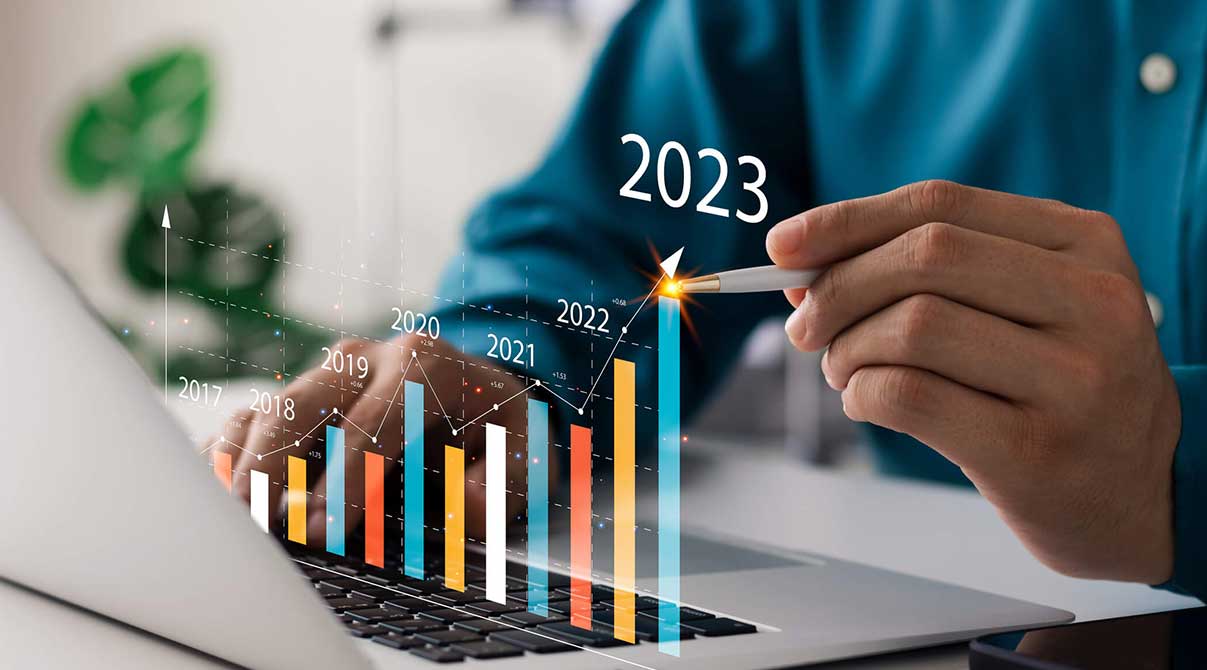
Marketing was once dominated by methods such as television and radio ads, billboards, print advertisements, and direct mail campaigns. These methods were characterized by their broad reach, with campaigns aiming to capture the attention of a wide audience. However, this particular approach had its limitations.
Historical Perspective
In the early 1990s, the digital landscape emerged with the advent of the World Wide Web. Websites were simple, but they marked the beginning of a transformative era. Simultaneously, email marketing took its first steps, introducing a novel way to engage with potential customers. These humble beginnings set the stage for the dynamic evolution of digital marketing.
Milestones in the Development of Digital Marketing
As the late 20th century rolled in, the digital revolution began to take form. The advent of the internet marked the genesis of digital marketing. A critical turning point emerged with the introduction of Google in 1998. The early 2000s saw the birth of search engines, adding search engine marketing to the digital marketer’s toolkit. Its groundbreaking algorithm, PageRank, completely revolutionized the landscape of search engine optimization (SEO), fundamentally changing the way websites were assessed for relevance.
This change was paralleled by the emergence of social media platforms such as Friendster and MySpace, ultimately paving the way for the dominance of Facebook in 2004. Websites became the new storefronts, and email marketing emerged as an innovative way to reach customers directly. These significant milestones fundamentally transformed the strategies businesses employed to establish their online presence and engage with their customer base.
The Rise of Digital Marketing

The real transformative journey of digital marketing began with the rise of social media platforms and smartphones in the late 2000s. These platforms helped in an era of personalized advertising, real-time engagement, and data-driven strategies. Milestones such as the launch of Facebook Ads in 2007 and the rapid adoption of mobile browsing set the stage for today’s digital-centric marketing landscape.
Adoption Trends in the Marketing Industry
The marketing landscape witnessed a seismic shift as digital channels eclipsed traditional ones. Print, television, and radio, once the primary mediums, saw a decline in favor of digital platforms. Budgets were reallocated, reflecting the industry’s recognition of the power and potential of digital marketing strategies. This transition marked a turning point in how businesses connect with their target audiences, emphasizing the need for a digital-first approach.
Related: Digital Blend Marketing Agency Offers Daraz Virtual Assistant Course to Grow Your Business
Components of Modern Digital Marketing

The contemporary digital marketing landscape is defined by a few pivotal elements that have transformed the way businesses reach and engage their audience. These core components have introduced an era of precise and customized strategies. They’ve revolutionized the approach businesses take to engagement, shifting from broad and impersonal tactics to targeted and personalized interactions. Together, they offer a strong combination that enables businesses to communicate with precision, foster deeper connections, and drive growth in the digital age. These include:
Search Engine Optimization (SEO)
Search Engine Optimization, or SEO, is the technique of enhancing a website’s visibility on search engines. At its core, SEO ensures that brands are prominently displayed when users input relevant search terms. This focus on keyword targeting has made content not just accessible, but actively discoverable when consumers seek information.
Social Media Marketing
Social media platforms, including Facebook, Instagram, Twitter, and LinkedIn, have become essential tools for businesses. Their vast reach connects brands with billions of users worldwide, offering a unique engagement potential. The shift from traditional advertising to interactive social media has been significant. Instead of one-way communication, brands engage in real-time dialogues, building community and fostering loyalty.
Content Marketing
Content marketing revolves around creating compelling content tailored for a target audience. Unlike traditional advertising, which often feels intrusive, content marketing adds value, establishing brands as trusted information sources. The benefits of this approach are numerous, from building long-term relationships to driving sustained organic traffic.
Email Marketing
Email marketing stands out for its emphasis on personalization and automation. Tailored messages and automated campaigns based on user behavior enable brands to forge deeper connections and inspire action. More than just a communication tool, email marketing plays a crucial role in nurturing leads and ensuring customer retention.
Data Analytics
In the world of modern marketing, data stands as the backbone of strategic decision-making. Data analytics allows businesses to understand their audience’s behavior, preferences, and engagement patterns, enabling them to craft campaigns that resonate deeply and drive tangible results.
How Digital Marketing has Transformed Traditional Marketing?
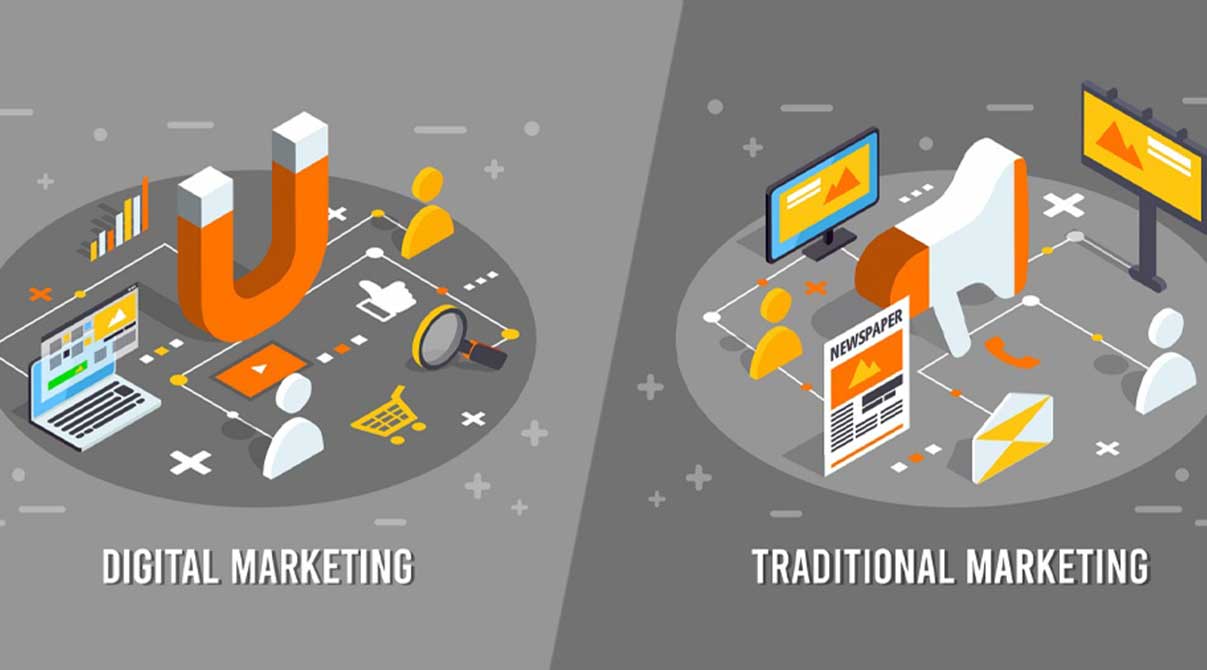
In the digital age, marketing has become a laser-focused endeavor, aiming to resonate, engage, and inspire with pinpoint accuracy. Gone are the days when businesses cast a wide net, hoping to capture a fraction of their audience. As we’ve explored the core elements, from the precision of SEO to the personal touch of email marketing, a clear picture emerges: digital marketing isn’t just an evolution—it’s a revolution. This transformative journey is rooted in the shift from generic, broad-brush campaigns to finely-tuned, data-driven strategies.
Let’s delve deeper into the pivotal aspects of this digital marketing transformation, highlighting its profound impact on the modern marketing landscape.
Customer-Centric Approaches
The shift towards customer-centric strategies stands as a hallmark of digital marketing’s evolution. Unlike traditional marketing, which often presented a uniform message to a broad audience, digital marketing zeroes in on the individual. It’s not about what businesses want to sell; it’s about what customers want to experience and how they wish to engage.
In traditional marketing, campaigns were often built around the product or service, with the primary focus being on features and benefits. Digital marketing, however, leverages data analytics to understand consumer behavior, preferences, and pain points. The content, advertisements, and even the platforms chosen are tailored to meet these specific needs.
Consider the case of Spotify, a music streaming giant. Instead of broadly advertising its vast music library, Spotify harnesses user data to create personalized playlists, like “Discover Weekly.” This approach not only caters to individual music tastes but also introduces users to new tracks, enhancing their overall experience. Such customer-centric strategies have seen Spotify’s user engagement soar, with listeners spending more time on the platform and becoming loyal subscribers.
This heightened focus on the customer, evident in many successful digital campaigns, underscores the transformative power of customer-centric approaches in the realm of digital marketing.
Real-Time Engagement
One of the game-changing attributes of digital marketing is the ability for businesses to engage with customers in real-time. This immediacy has transformed the dynamics of customer relationships, fostering deeper connections and building trust at an unprecedented pace.
In the past, customer interactions were often delayed. Feedback loops stretched out over days, if not weeks. But with digital platforms, businesses can address queries, concerns, or feedback instantly. Whether it’s a live chat on a website, instantaneous replies on social media, or interactive webinars, the modern customer expects—and receives—swift responses.
A notable example of this is the meteoric rise of Twitter as a customer service platform. Brands like JetBlue and Nike frequently use the platform to address customer concerns immediately. When a customer tweets about a flight delay, JetBlue often responds within minutes, offering solutions or at least acknowledging the issue. This real-time engagement not only mitigates potential frustrations but also showcases the brand’s commitment to customer satisfaction.
Similarly, interactive features like Instagram’s “Polls” or “Questions” in Stories allow businesses to gather instantaneous feedback, gauge product interest, or simply engage their audience in playful, brand-building interactions.
In essence, real-time engagement has transitioned businesses from being mere service providers to active conversation participants, enhancing customer loyalty and amplifying brand resonance.
Related: Big Tech Companies Ask Pakistan to Rework its Content Blocking Laws for Social Media
Global Reach
One of the most profound advantages of digital marketing is its ability to transcend geographical boundaries. Unlike traditional marketing, which often faces limitations due to regional broadcast constraints or distribution challenges, digital marketing opens the gates to a global audience.
With just a click, businesses can now showcase their products or services to consumers across continents. The internet has effectively leveled the playing field, allowing even small businesses to tap into markets previously deemed unreachable. Whether it’s a niche artisanal product from a remote village finding customers in bustling cities or a startup in San Francisco serving clients in Tokyo, the boundaries have blurred.
Consider the staggering statistics surrounding platforms like Facebook, which boasts over 2.8 billion monthly active users. Or YouTube, where over 70% of its watch time comes from outside the creator’s home country. Such platforms offer a conduit to a diverse, global audience, awaiting discovery.
Brands like ASOS, a British online fashion retailer, exemplify this global reach. Initially catering to the UK market, ASOS rapidly expanded its footprint, delivering to over 200 countries. Their digital-first approach, combined with a keen understanding of global fashion trends, has made them a favorite among international fashion enthusiasts.
Cost-Effectiveness
Return on Investment, commonly referred to as ROI, is a metric used to measure the efficiency and profitability of an investment. In the context of marketing, it evaluates the return or benefit a business receives from its marketing expenditure.
When we compare digital marketing with traditional methods in terms of ROI, digital often emerges as the more cost-effective choice. Traditional marketing methods, like television ads or billboards, involve significant upfront costs and cater to a broad audience, making it challenging to achieve a high return on investment (ROI). In contrast, digital marketing allows for targeted campaigns, ensuring that businesses reach the most relevant audience, often at a fraction of the cost.
For instance, pay-per-click (PPC) advertising, a digital marketing staple, allows businesses to pay only when a potential customer interacts with their ad. Many small businesses, with limited budgets on facebook, have found success in reaching targeted audiences and achieving measurable outcomes. One specific example is BlendJet, a portable blender company, which saw a 3x increase in sales by leveraging Facebook’s advertising tools, optimizing their campaigns for cost-effectiveness.
While both traditional and digital marketing have their merits, the targeted nature and flexible budgeting options of digital campaigns often result in a higher ROI, making it a more cost-effective choice for many businesses.
Adaptability and Flexibility
In an ever-evolving digital landscape, adaptability and flexibility stand out as ideal attributes for marketing success. Unlike traditional marketing, where changes to campaigns often involve significant time, effort, and financial re-investments, digital marketing offers the advantage of swift modifications.
One of the primary benefits of digital strategies is the ability to adjust in real-time. Be it changing a keyword in a PPC campaign or updating a social media post, digital platforms enable marketers to iterate and optimize with ease. This adaptability ensures that campaigns remain relevant, resonate with target audiences, and achieve desired outcomes even as market dynamics shift.
A notable example of this is Netflix’s promotional strategies. Using data analytics, Netflix observes viewer preferences and behavior in real-time. If a particular show or movie garners unexpected interest, Netflix can quickly adjust its advertising budget, promotional content, or even homepage placements to capitalize on this trend. Conversely, if a campaign doesn’t resonate as anticipated, adjustments can be made promptly, ensuring resources aren’t wasted.
Another instance is the fast-fashion brand ASOS, which often tweaks its online advertisements based on real-time feedback. If a particular clothing line or style becomes a sudden trend, ASOS adapts its digital ads to highlight those products, ensuring they ride the wave of consumer interest.
Related: Top Must Have Digital Marketing Certifications
Digital Marketing Triumphs in 2023
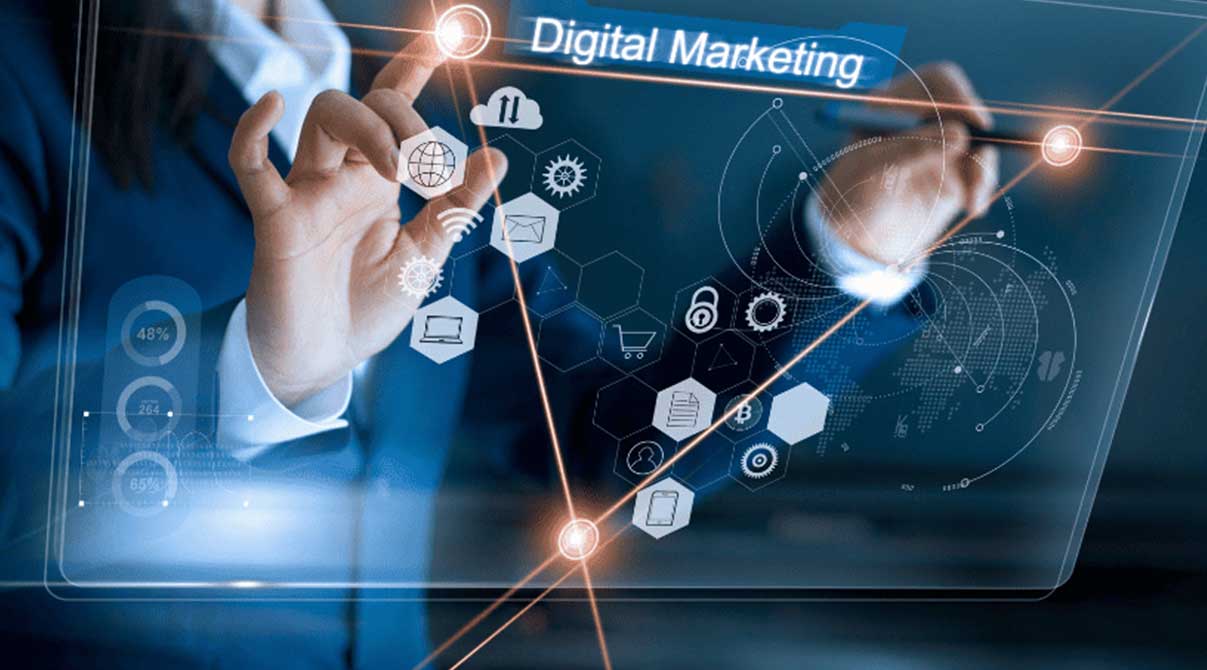
In the ever-evolving realm of digital marketing, success stories serve as powerful testaments to the efficacy and transformative power of modern strategies. Here, we spotlight a few standout cases from 2023, shedding light on how companies harnessed digital marketing to achieve remarkable results.
EcoFit
EcoFit, a sustainable fitness brand, leveraged influencer partnerships on platforms like Instagram and TikTok to promote their eco-friendly fitness products.Additionally, they implemented precise Facebook ad campaigns, targeting audiences keen on both fitness and sustainability. This strategy resulted in an impressive 200% surge in sales in just three months, accompanied by a noteworthy 50% surge in organic social media followers. Their campaigns also generated significant user-generated content, amplifying their reach.
TechSavvy
TechSavvy, a tech education platform, employed content marketing by creating a series of free webinars and e-courses. They optimized these courses for search engines and promoted them through LinkedIn ads targeting professionals seeking skill upgrades. The platform registered a 300% increase in user sign-ups, with 70% of these users later purchasing advanced courses. Their content also positioned them as thought leaders in the tech education space.
GourmetGo
GourmetGo, a global food brand, tapped into the power of email marketing.They categorized their subscribers according to preferences and dispatched tailored suggestions, exclusive offers, and captivating culinary narratives from various corners of the globe. Their subscriber retention rate surged by 90%, with a 120% increase in quarterly subscription renewals. The brand also received extensive positive feedback, with many subscribers praising the personalized touch.
Future Trends in Digital Marketing
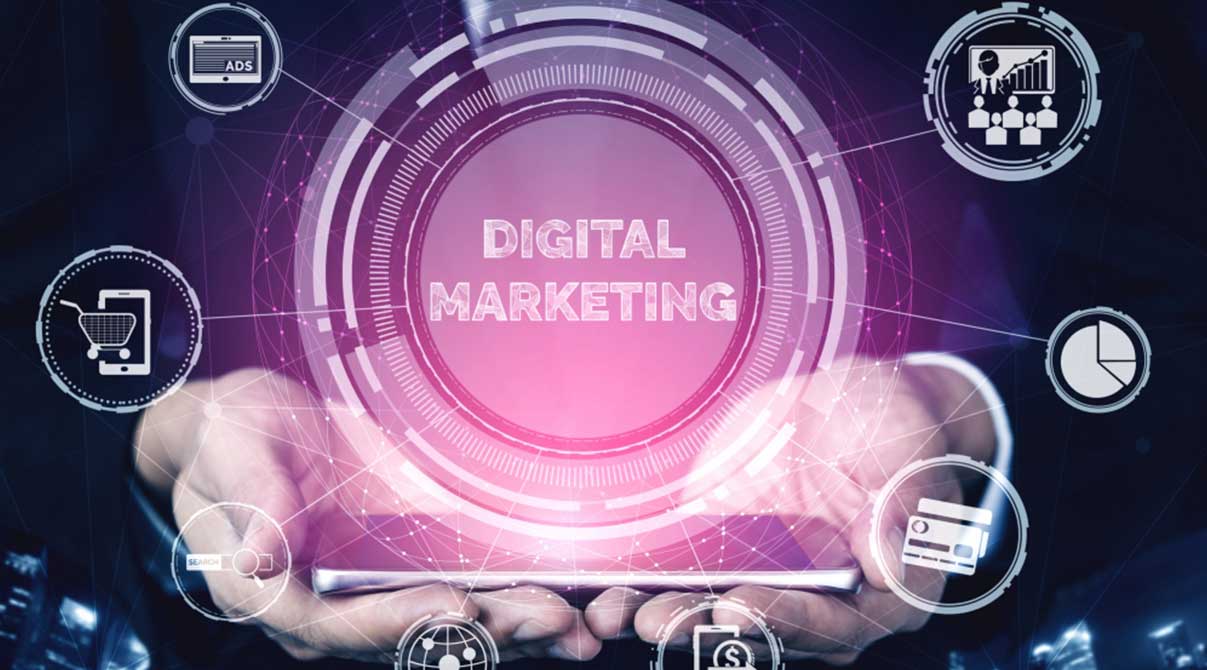
As we navigate the digital horizon, several emerging trends promise to reshape the realm of marketing, emphasizing the imperative for businesses to maintain a forward-thinking stance. The future of digital marketing, shaped by upcoming trends, holds the potential for unparalleled precision, engagement, and innovation. Within this transformative landscape, several key trends of digital marketing emerge for marketers. Among these include:
Voice Search and Smart Speakers
Voice search and smart speakers, such as Amazon’s Alexa or Google Assistant, are increasingly shaping consumer behavior. As users shift from typing queries to speaking them, it necessitates a change in how brands approach SEO. Keyword strategies now need to account for conversational phrases and natural language patterns.
For instance, while a user might type “best coffee shops NYC,” they might ask their smart speaker, “Where can I find the best coffee shop near me?” Companies such as Starbucks are proactively tailoring their online presence for voice search, guaranteeing effortless accessibility through these channels.
Virtual Reality and Augmented Reality
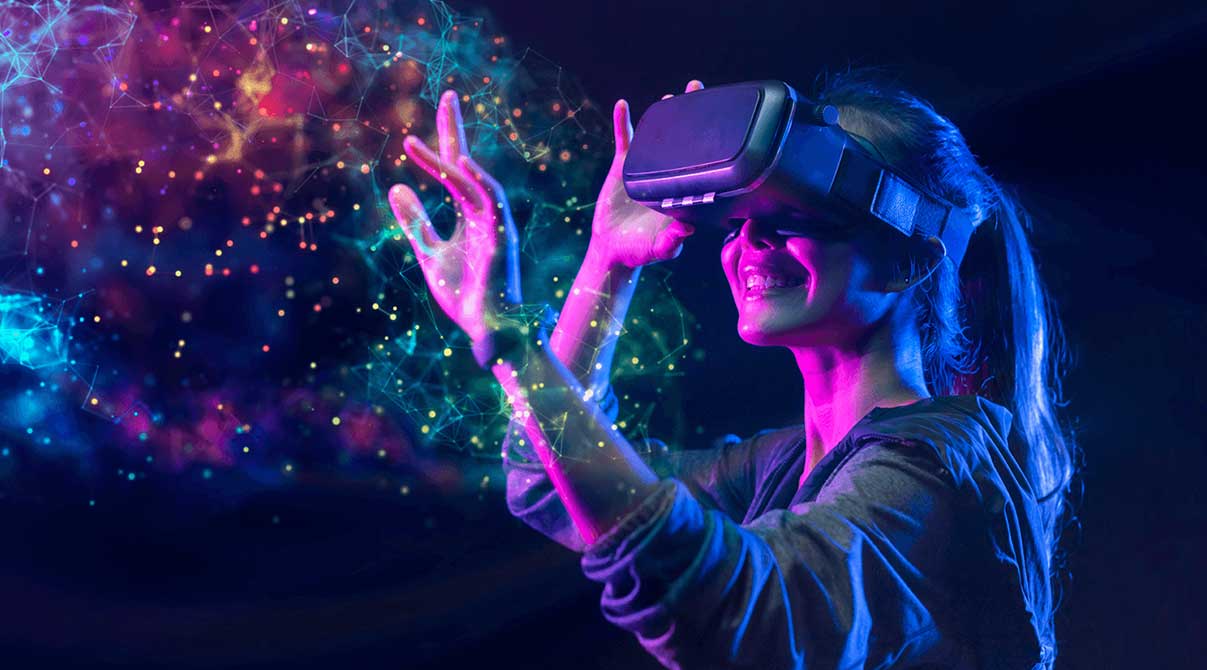
Among other trends of digital marketing, Virtual reality (VR) and augmented reality (AR) are pushing the boundaries of consumer experiences. Brands can now offer immersive experiences, allowing consumers to “try” products before purchasing or to engage with interactive advertisements. For example, IKEA’s AR app lets users visualize how furniture would look in their living space, bridging the gap between online shopping and the tangible world.
AI and Machine Learning
The integration of artificial intelligence (AI) and machine learning holds transformative potential for marketing. These technologies enable predictive analysis, allowing businesses to anticipate consumer behavior and tailor campaigns accordingly. Platforms like Salesforce are integrating AI tools to forecast which leads are most likely to convert, helping businesses allocate resources more effectively. Similarly, e-commerce giants like Amazon use machine learning to provide personalized shopping recommendations, enhancing user experience and boosting sales.
The Bottom Line

Digital marketing in 2023 is a testament to the convergence of innovation and adaptability. From its historical roots to the innovative strategies, it’s clear that the realm of marketing has undergone a profound transformation.
Through the lens of data analytics, the precision of search engine optimization, the immediacy of social media marketing, and the futuristic promise of AI and VR, businesses have unprecedented tools at their disposal. The stories of EcoFit, TechSavvy, and GourmetGo serve as compelling reminders of the tangible impact these strategies can have.
As we stand on the cusp of further technological advancements, one thing remains certain that the digital marketing landscape will continue to evolve, offering future trends of digital marketing and endless opportunities for those ready to embrace its dynamic potential.